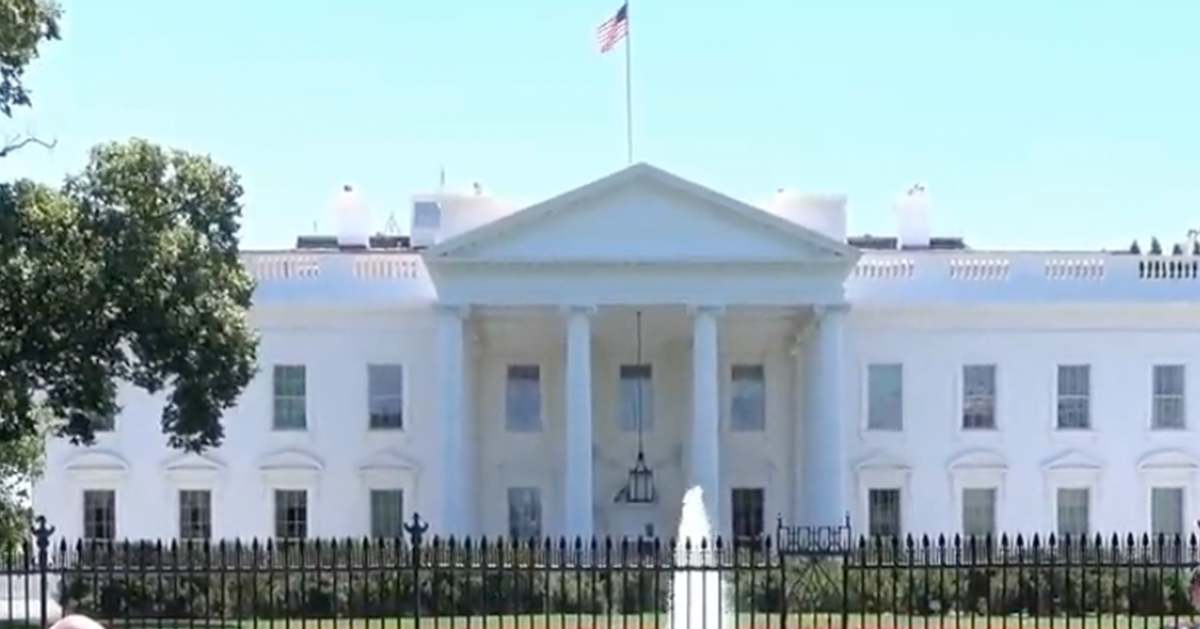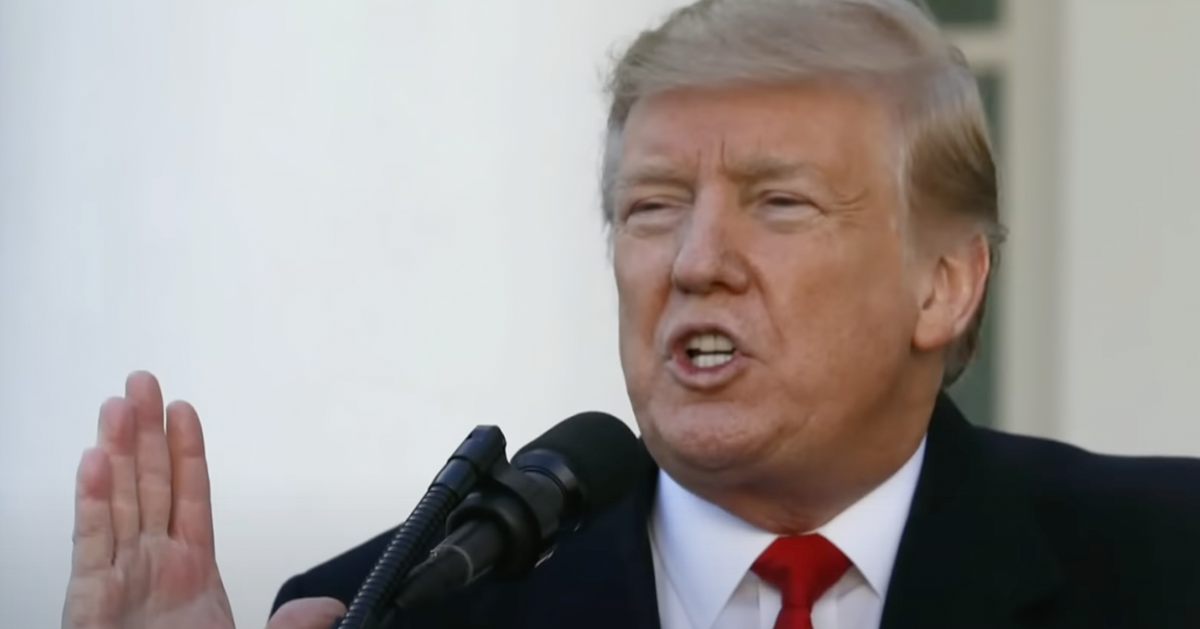Supreme Court backs Trump's plans for Education Department layoffs
The U.S. Supreme Court has sanctioned the Trump administration's controversial move to dismantle the Education Department and lay off 1,400 employees, overturning a lower court's injunction, as Newsmax reports.
The decision, observed by a 5-3 split, permits the resumption of layoffs previously stopped by U.S. District Judge Myong Joun, who had questioned the legality and potential impact of the initiative.
This ruling marks a critical step in President Donald Trump's plan, a key part of his campaign, to reduce the federal government's role in education. The case was surrounded by legal contention, beginning with an injunction issued by Judge Joun that temporarily halted the layoffs.
Context of SCOTUS ruling
Joun expressed concerns that such layoffs might "cripple" the department’s ability to function. The initial injunction was put in place to prevent the employment termination, which was rumored to occur in early June.
A federal appeals court, however, upheld the district court's decision, denying the administration's request for a stay while it appealed the injunction. This set the stage for the Supreme Court's involvement.
The Supreme Court, while permitting the layoff plan to move forward, offered no detailed explanation, a common practice in addressing these emergency appeals.
Liberal justices offer dissent
The decision saw vocal dissent from the court's three liberal justices. Led by Justice Sonia Sotomayor, and joined by Justices Ketanji Brown Jackson and Elena Kagan, the dissent expressed their strong opposition.
Sotomayor highlighted what she said was the judiciary's role in checking potential "lawlessness" by the executive branch. She underscored the need for judicial oversight, particularly when there are claims of legal overreach.
This dissent cast light on deeper constitutional questions regarding executive power and the role of the judiciary in counterbalancing it.
Implications for agency's functions
The layoffs have broader implications, raising concerns about the department's capability to fulfill congressionally mandated responsibilities. These include the provision of special education support, distribution of financial aid, and enforcement of civil rights laws.
Lawsuits were filed against the administration's plan by Massachusetts school districts, the American Federation of Teachers, and 21 Democratic attorneys general. The plaintiffs argued that the department would be unable to carry out its functions if the layoffs proceeded.
These legal challenges reflect wider political and ideological divides regarding the role and size of the federal government in public education.
Impact on employees awaited
Since March, the affected employees have been placed on paid leave, awaiting the outcome of the court battles. The uncertainty over their employment status has contributed to a climate of anxiety and unrest within the department.
In early June, the Education Department was evaluating options on how to reintegrate these employees, potentially signaling a future course of action if the injunction held or was overturned.
With the Supreme Court's decision, the administration can now proceed with its plan, bringing an end to months of uncertainty for these government workers.
Broader campaign promise fulfilled
This move ties into President Trump's broader campaign promise to streamline federal government operations. Reducing government size, especially in areas he believes are overreaching, is a key aspect of his agenda.
The decision further cements the administration's approach towards scaling down federal departments viewed as overextended. However, this approach has been met with significant resistance from a variety of stakeholders, including public education advocates and political opponents.
As the layoffs proceed, debates around government efficiency versus educational support responsibilities continue to fuel national discourse.





